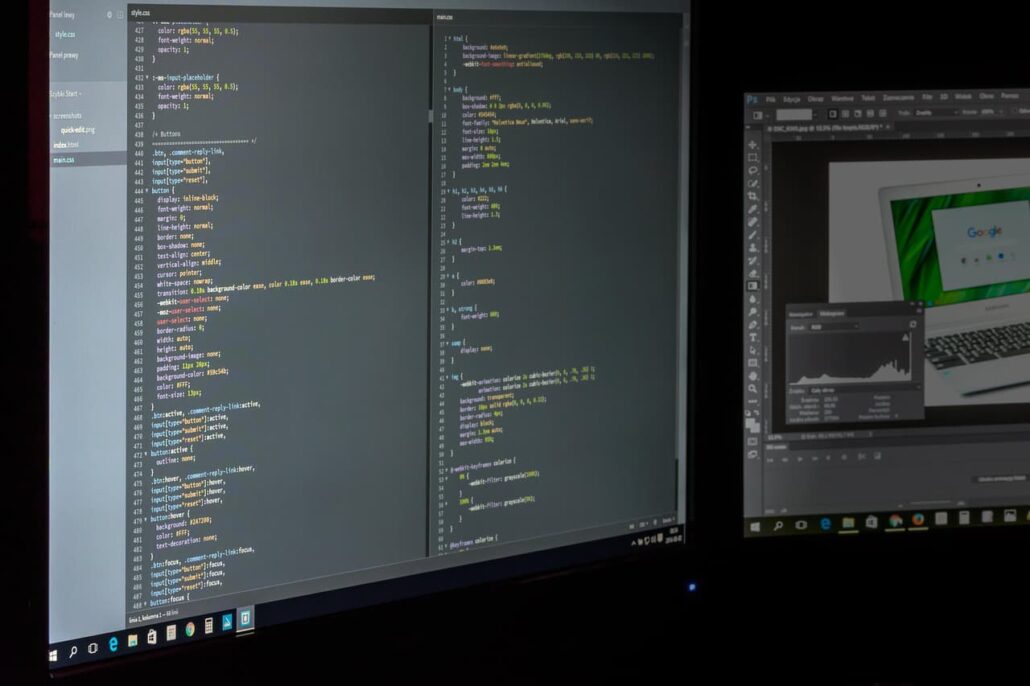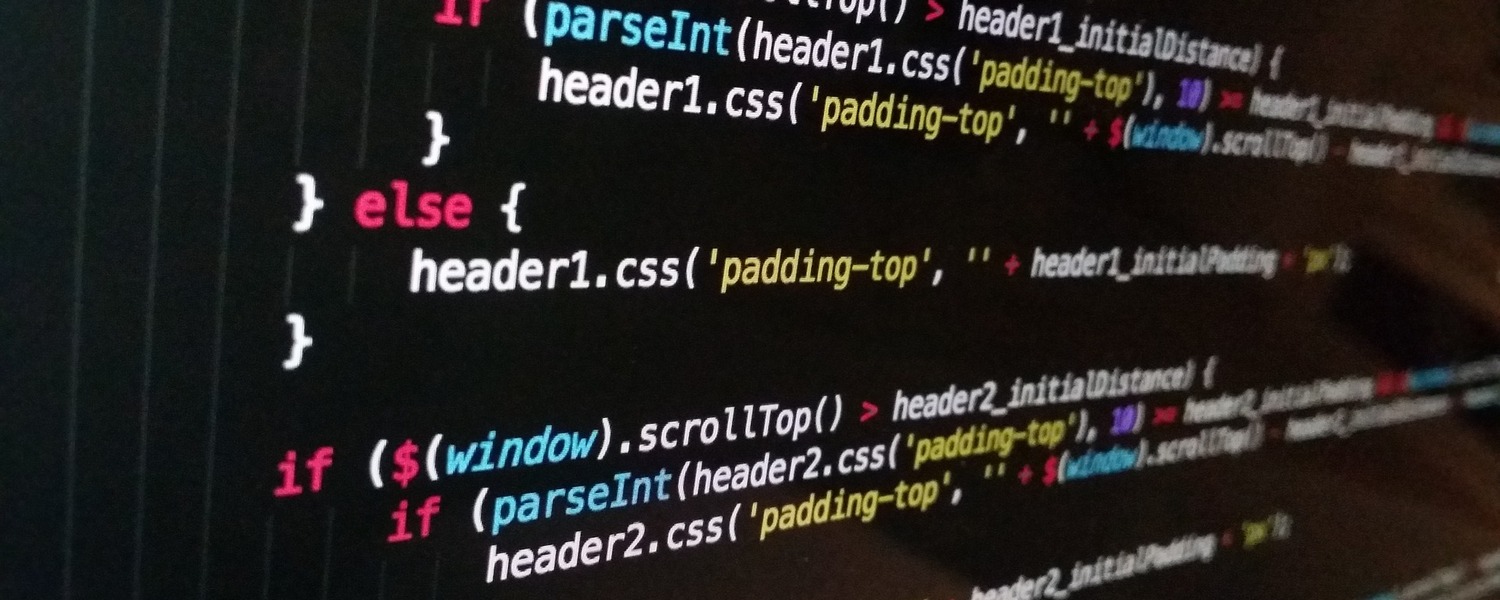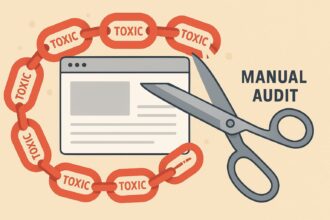
The Importance of Testing Your Code: A Beginner’s Guide
When you first start coding, there’s this rush you get the moment the program finally runs. The screen does what you wanted. The errors disappear. You feel unstoppable. But here’s what most beginners learn the hard way–just because the code works once does not mean it will always work.
In fact, the moment you start thinking “it’s fine” is usually the moment a hidden bug is already waiting to ruin your day.
The Illusion of “It Works”
A lot of beginners see their app load once without an error and take that as proof that everything is fine. The reality is that you have only proven it works under one particular set of circumstances.
Change the input. Change the environment. Give it to an actual user who will press buttons you never thought about, and suddenly the whole thing behaves like a stranger you barely know.
That’s why testing exists. It’s not about showing off perfect code. It’s about shaking the box, tipping it over, and seeing what falls.
Testing as a Safety Net
To understand testing better, think about a casino, especially a no-deposit online casino, for a second. These casinos, including those located at kasynoonlineautomaty.pl, all have amazing offers. They look shiny and promising, but the smart players must read the conditions before they play.
And the reason they read the conditions is simple. They want to know the limits, the rules, and the fine print. That’s how they keep the fun without the nasty surprises.
Testing is the same mindset. You’re reading your fine print. You’re checking what happens when the rules change, the inputs are messy, and the network fails mid-transaction. You want to find the traps before anyone else does.
Simple Tests
You don’t need to dive into complex frameworks on day one. Start with the basics. Feed your program insufficient data on purpose. Remove a file it depends on. Pretend you are a user who doesn’t read instructions and clicks everything at random.
Each time you find a problem, you are not failing but securing the foundation. And the earlier you catch it, the cheaper it is to fix, both in time and sanity.
Learning from Breakage
One of the most valuable things testing teaches you is that breaking your code is not a disaster. In fact, controlled breakage is the fastest way to understand your system. When you run a test and something fails, you’ve uncovered an invisible problem that would have been far more expensive to deal with later.
Over time, this shifts your mindset. Instead of tiptoeing around your own code, you start experimenting, refactoring, and improving without fear. You know that your safety net (your tests) will catch you. That confidence makes you a far better programmer than avoiding mistakes ever could.
Building Trust with Users and Collaborators

Testing isn’t only about protecting your code. It’s about building trust. When people use your app, they’re trusting it to behave as expected. When a teammate works on your project, they’re trusting that their changes won’t trigger a chain reaction of bugs.
Well-tested code sends a message: this project is cared for. This isn’t something thrown together overnight. That trust has real value. It can mean more users, more positive reviews, and more opportunities for collaboration. In a competitive tech world, the reputation for building reliable software can be just as important as the code itself. Testing is how you earn it.
Automation
When projects grow, manual testing starts to feel like checking every light bulb in a skyscraper one at a time. This is where automated tests using AI shine. They run in the background, again and again, without forgetting a single detail.
It’s quite an insurance. You might not think about it every day, but when something breaks, you’ll be grateful the alarm goes off before your users notice.
Why Beginners Should Start Now
Waiting to “get better” before you start testing is like waiting to learn how to swim until you are already in deep water. The habit matters more than the technique at first.
By building testing into your workflow early, you train yourself to think like both a builder and a breaker. That dual mindset makes your code more challenging, your launches smoother, and your stress levels a whole lot lower.












